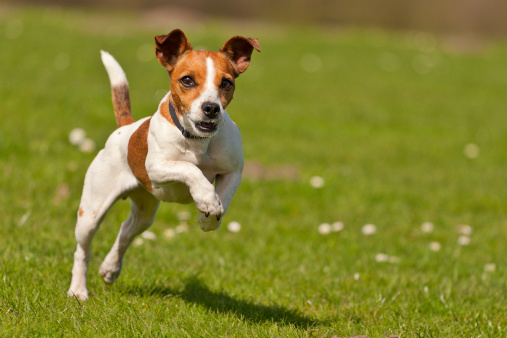
Phil Ruddock had trouble adjusting when he returned home to rural Louisiana, disabled by a traumatic brain injury he received during an Air Force tour of duty during Desert Storm. He had all the classic symptoms of PTSD: “I drank all the time, I couldn’t get along with anyone, I kept checking every room in the house to make sure it was clear every time I came home, I got up and checked the locks on the doors and windows too many times to count, I was always depressed and pissed at the world, and I never slept. I drove my family so crazy that they wanted to leave,” he says with a country twang. “I still do some of those things,” he adds, “but it’s getting better.”
Sit. Stay. Lie down. They’re the words that helped him through his recovery.
Ruddock’s now assisting other veterans afflicted with post-traumatic stress disorder from Vietnam, Iraq and Afghanistan the same way he survived his night terrors and flashbacks — with service dogs. His nonprofit Brothers and Sisters in Arms is a boot camp of sorts based out of central Louisiana, where he’s teaching veterans to train their own service dogs, all adopted from shelters. The repetitive learning of commands works like physical therapy for disabled vets and gives them something to work towards. Once they’ve completed the program, they gain a loyal companion and a sense of accomplishment, “a pride that you can’t imagine,” Ruddock says.
“When a soldier is deployed or on base, they feel secure because they have all the other soldiers there watching their back. But when they are out of the military, when their spouse goes to work, their kids go to school and they’re left alone, they have nobody watching their back,” Ruddock says. “It makes them very anxious, paranoid. A dog turns out to be their battle buddy and watches their back. It never leaves them, it never judges them, it never asks questions that they don’t want to answer. It gives them unconditional love,” Ruddock explains.
A program connecting veterans and rescue dogs may sound cutesy, almost saccharine, but for Ruddock, it’s serious — vital even. He asks the veterans to list Brothers and Sisters in Arms as the primary contact associated with the animal’s microchip, rather than the owner’s home phone. “The suicide rate for veterans is 22 per day,” Ruddock says, about 8,000 every year. “If that dog would show up at a shelter and they ran the microchip, chances are that veteran is not going to answer his phone.”
Ruddock started the nonprofit in November 2012 after his personal experience with an abandoned pit bull. Following a nervous breakdown, he lost his job as lead clerk at the local VA outpatient clinic. His spent his days walled alone up on his remote property, until a friend arrived with a pit bull for him to train. “She was as beat up and as messed up as I was,” he remembers of his white-faced, brown-eared dog, Mia. “She kind of rescued me.” The dog sat in the passenger seat of his truck on rides into a nearby village and eventually gave him confidence to travel farther.
Within the past couple months, Ruddock logged more than 20,000 miles in his sojourns across the Sugar State, from Slidell, a town across Lake Pontchartrain from New Orleans that butts up against Mississippi, all the way out west to Fort Polk, an Army installation near the Texas border. Last year, he certified 31 service dogs, which are specially licensed after 120 hours in public, and 15 companion dogs.
At the pound, Ruddock seeks out the calmest dogs. “We look for dogs with a good disposition. We don’t want the ones that jump and bark and get with the other dogs,” he says. He generally avoids puppies — too much added stress — and certain breeds like German shepherds that can become overprotective if they’re not socialized regularly, but otherwise he’ll take every breed from a 20-pound Jack Russell terrier to a 200-pound mastiff.
Training sessions run one hour a week for roughly eight weeks, though he’s come to expect a few absences. “A veteran may have problems one day. Some demons may come up and he may not be able to show up. It may take a little longer,” he says.
Besides the essentials — what Ruddock calls good citizenship for canines (think: table manners for children) — the service dogs learn three main commands that are unique for handlers who still carry wounds from the battlefield. The dog learns to “block,” inserting itself into the space between the owner and somebody else so that a person keeps their distance. “Cover” sends the pup to its owner’s back or side, facing away as a kind of lookout that allows a vet to relax at, say, a counter or cash register. The last is “grounded.” If the soldier faints or has a nightmare, the dog lays on top of the owner and licks his face, prompting a welcome (if wet) return to reality.
Brothers and Sisters in Arms is different from many other groups that provide service dogs. For one, Ruddock doesn’t charge for his services or the animal. His operation is funded entirely by donations; the bill from other groups can run as high as $25,000. (“These guys get out of the military, and they’re just above poverty level. They can’t afford that,” he says.) His classes are all one-on-one, making it easier for vets who can be skittish around crowds, nervous about competition and failure. And every instructor is a former soldier, because, as Ruddock says, “There’s no better therapy than a veteran talking to another veteran.”
Ruddock wants to see the program expand across Louisiana. He’s already processing five to 10 applications a week, and he’s starting to get referrals from VA psychiatrists who can’t officially recommend a service dog but still send warriors his way. “It’s not about the fame or fortune. It’s about that feeling you get when you help somebody. The warm fuzzies, the goosebumps, whatever you want to call it,” he says of his motivations. “It’s about doing what’s right.”
It’s for the men and women, his brothers and sisters, that Ruddock keeps trekking across the bayous, working with soldiers, like the young man he met last month. “You can tell he’s had it rough,” Ruddock says. “He couldn’t even stand the sound of a loud car going by. He kept moving around and shaking. He couldn’t look you in the eye. He constantly looked down, and if he did catch your eye, it was a white stare like he could see right through you.” The man expressed no emotion, until Ruddock brought out a puppy. As if he was emerging from a daze, the man started petting the dog. He smiled, and Ruddock knew another soldier was safe.
This article originally appeared on NationSwell.
10 Puppies That Look Even More Adorable Underwater
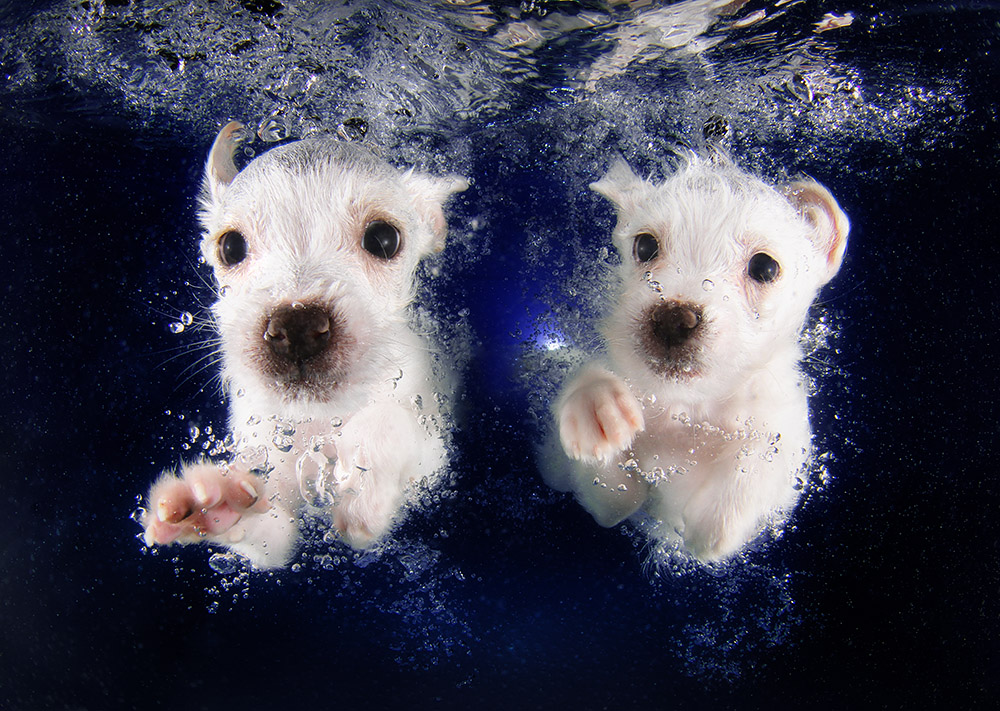

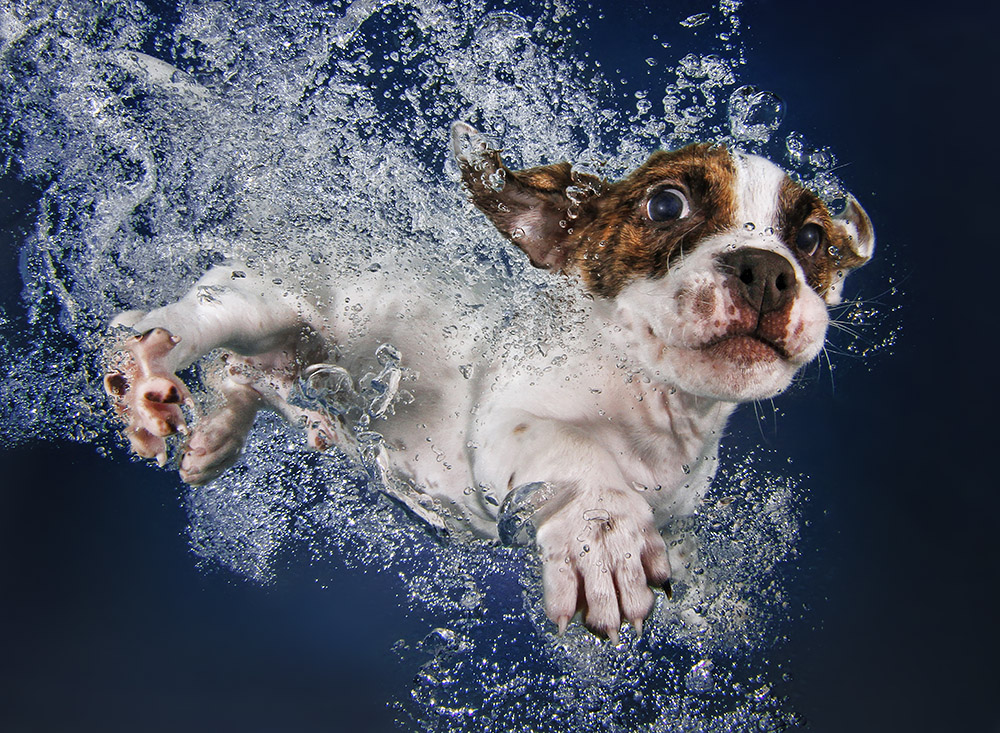
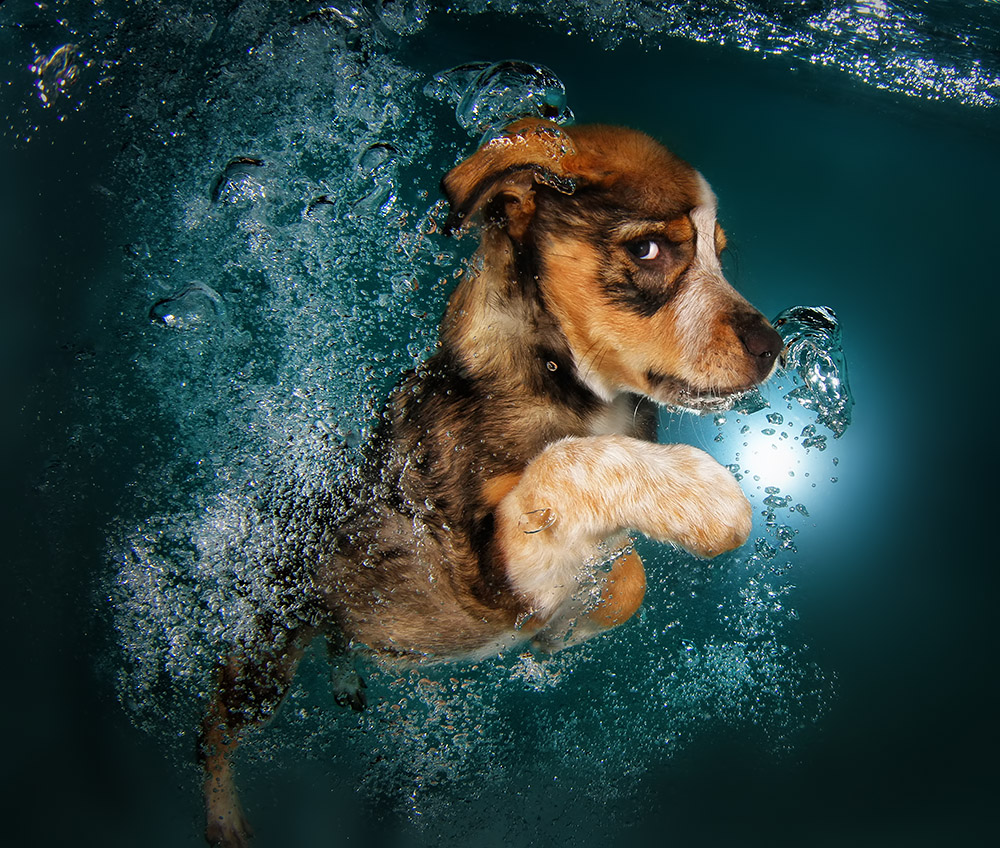


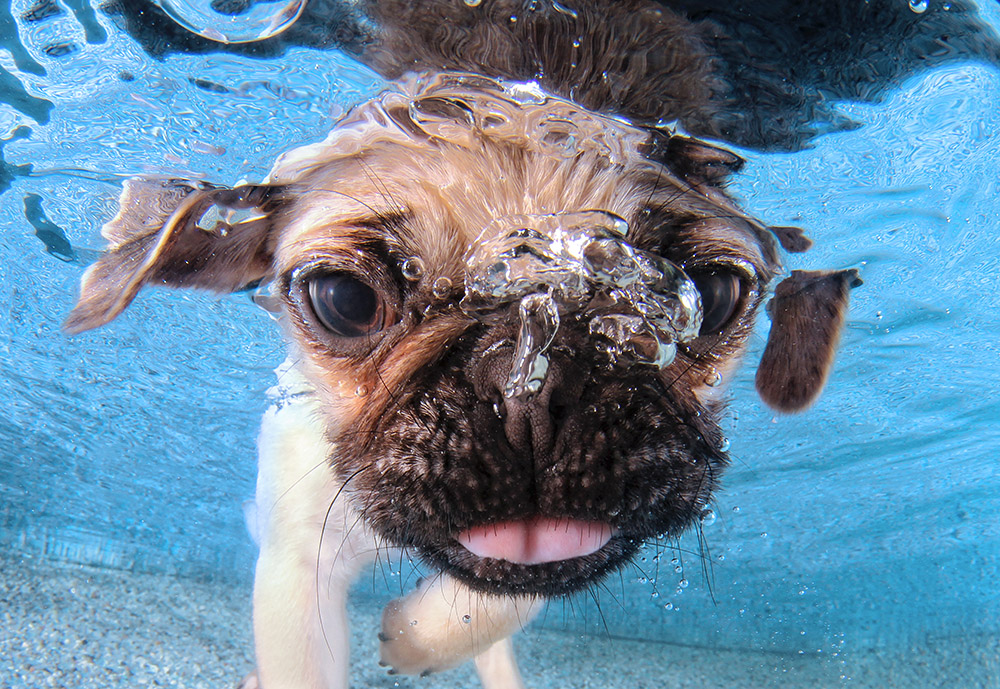
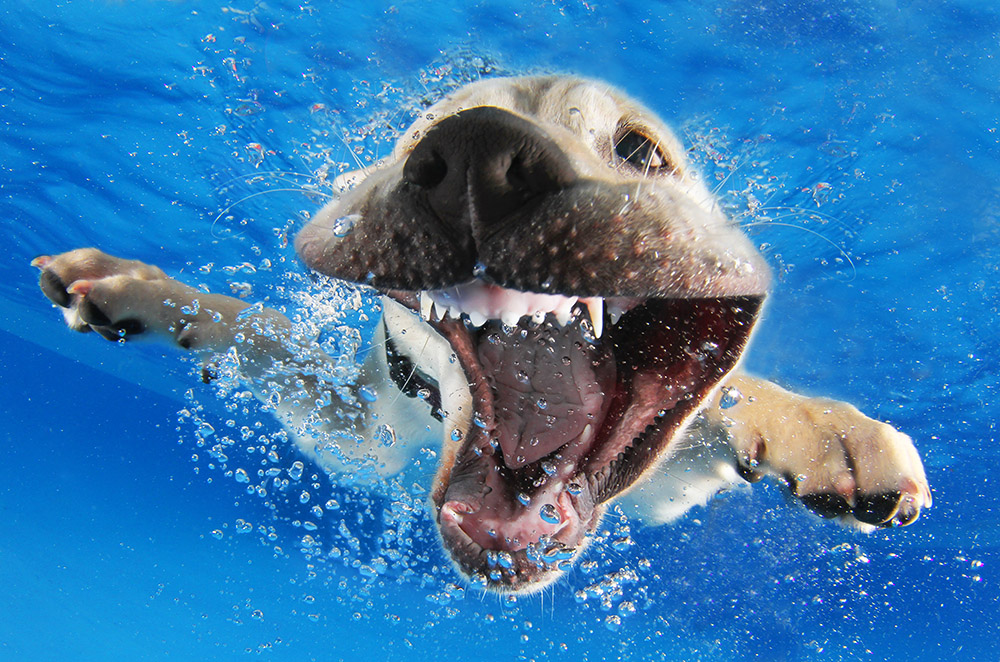
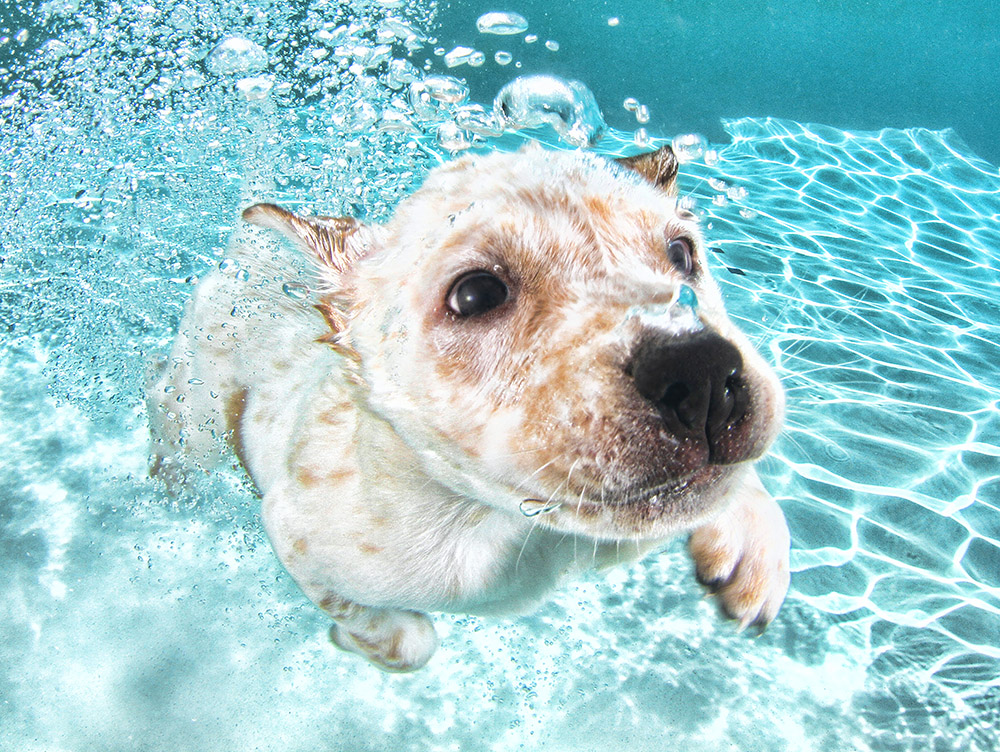
More from NationSwell:
More Must-Reads from TIME
- How the Economy is Doing in the Swing States
- Democrats Believe This Might Be An Abortion Election
- Our Guide to Voting in the 2024 Election
- Mel Robbins Will Make You Do It
- Why Vinegar Is So Good for You
- You Don’t Have to Dread the End of Daylight Saving
- The 20 Best Halloween TV Episodes of All Time
- Meet TIME's Newest Class of Next Generation Leaders
Contact us at letters@time.com